Japan is globally recognized for its unique food culture, which includes diverse traditional dishes that vary by region. This article will introduce traditional dishes from across Japan, from Hokkaido in the north to Okinawa in the south, exploring their historical and cultural contexts.
Hokkaido: A Treasure Trove of Seafood

Leveraging its cold climate and rich natural environment, Hokkaido is renowned for its fresh seafood. The “seafood bowl,” which includes salmon, salmon roe, and crab, showcases a colorful array of ocean bounty. Available from early morning in markets in Sapporo and Hakodate, this dish is a must-try for visitors.
Tohoku: Deep Flavors of Miso and Soy Sauce

In the Tohoku region, traditional dishes like “sasa kamaboko” (bamboo leaf-shaped fish cake) and “zunda mochi” (mochi covered in mashed edamame) are prominent. Aomori Prefecture’s “Tsugaru soba” is uniquely served with a sweet miso sauce. The region’s harsh winters have shaped its cuisine, which heavily features miso and soy sauce, offering deep, comforting flavors to stave off the cold.
Kanto: Experiencing the Sophistication of Edo
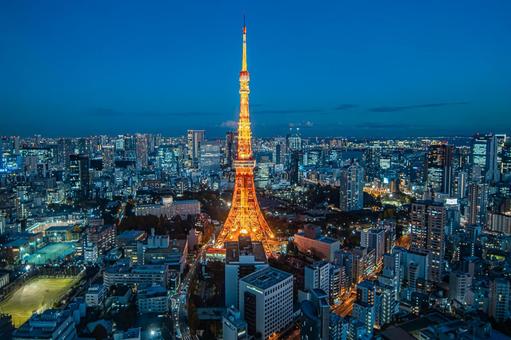
The Kanto region, including Tokyo, offers a variety of dishes like “monjayaki” (runny pancake) and “sukiyaki” (beef hot pot). “Edomae sushi” (Tokyo-style sushi), known for its balance of fresh toppings and rice, continues the sushi culture from the Edo period. Yokohama’s Chinatown also offers a taste of Japan’s longstanding Chinese culinary influence.
Chubu: Culinary Delights from the Mountains and Seas
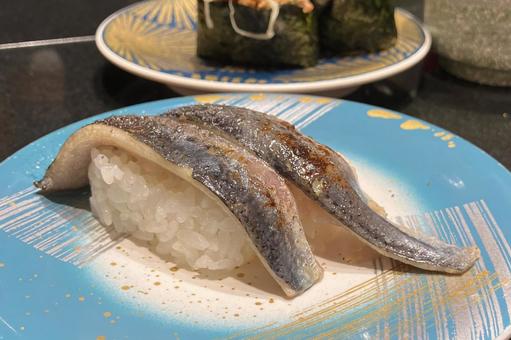
Nagano’s “Shinshu soba” and Toyama’s “masu sushi” (trout sushi) are examples of the Chubu region’s cuisine, which takes advantage of its natural surroundings. Toyama Bay, known as the “natural sea forest” of Japan, provides diverse seafood, while the mountainous areas offer dishes featuring wild vegetables and mushrooms, promoting healthy eating.
Kinki: Cuisine of the Historic Capitals
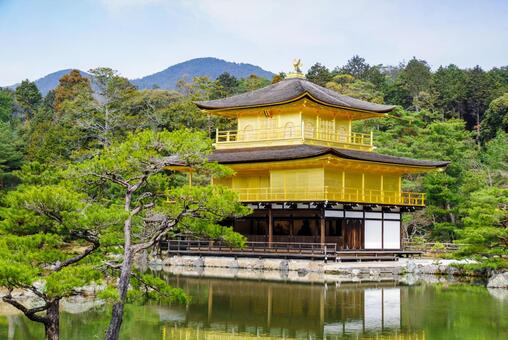
Kyoto’s “Kyo-ryori” (Kyoto cuisine) features exquisite tastes and presentation, reflecting the seasonal transitions with “kaiseki ryori” (multi-course meal). Osaka’s popular “takoyaki” (octopus balls) and “okonomiyaki” (savory pancake) are beloved street foods, offering a taste of local casual dining.
Kyushu & Okinawa: Warm Climate and Southern Cuisine
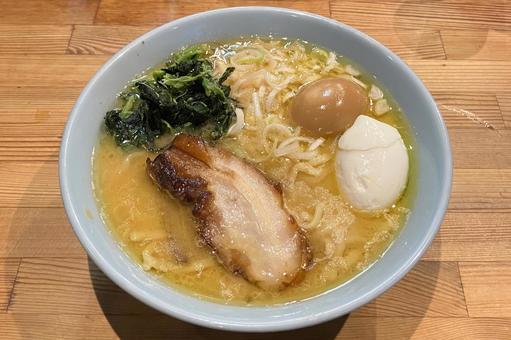
Kyushu is known as the birthplace of “tonkotsu ramen” (pork bone broth ramen), with Hakata ramen enjoying both national and international fame. Okinawa offers unique dishes like “goya champuru” (bitter melon stir-fry) and “Okinawa soba,” suited to the hot climate and reflecting the island’s distinctive culture.
Each region in Japan has its unique culinary culture deeply rooted in the local climate and history. Traveling through these regions and experiencing their traditional dishes not only deepens understanding of Japan’s rich culture and history but also provides a flavorful window into the diversity of Japanese cuisine. When traveling in Japan, be sure to immerse yourself in the local food culture and history by sampling the region-specific dishes.
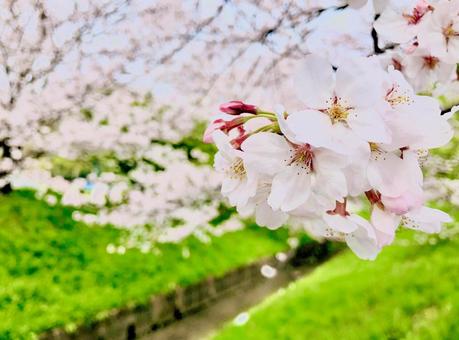

コメント